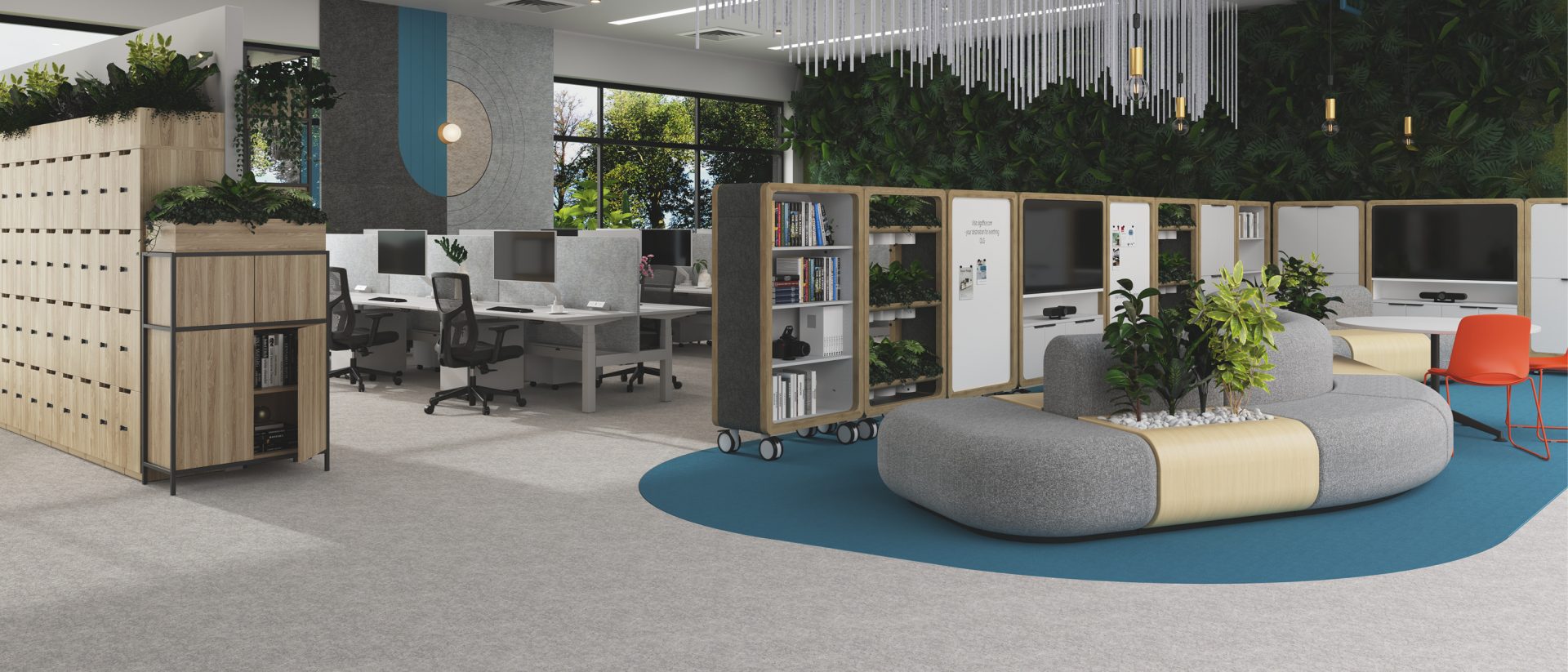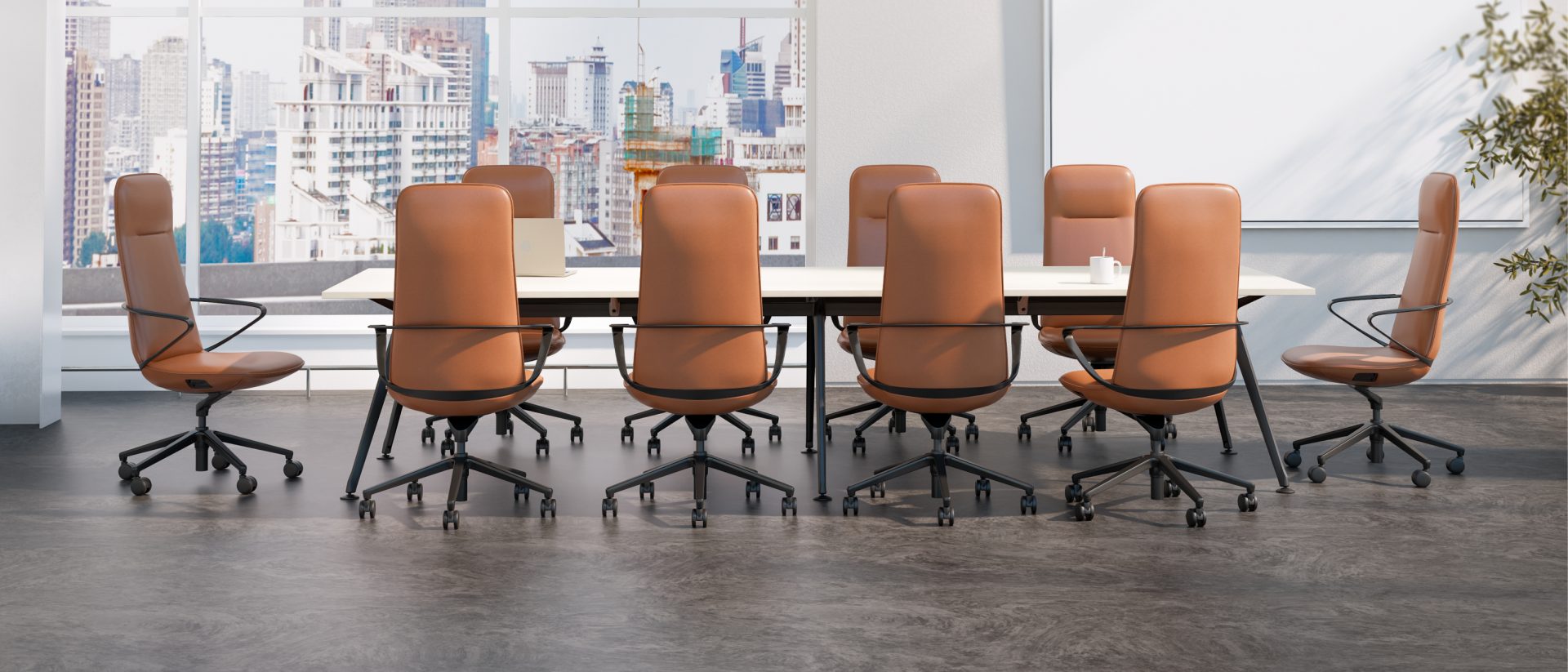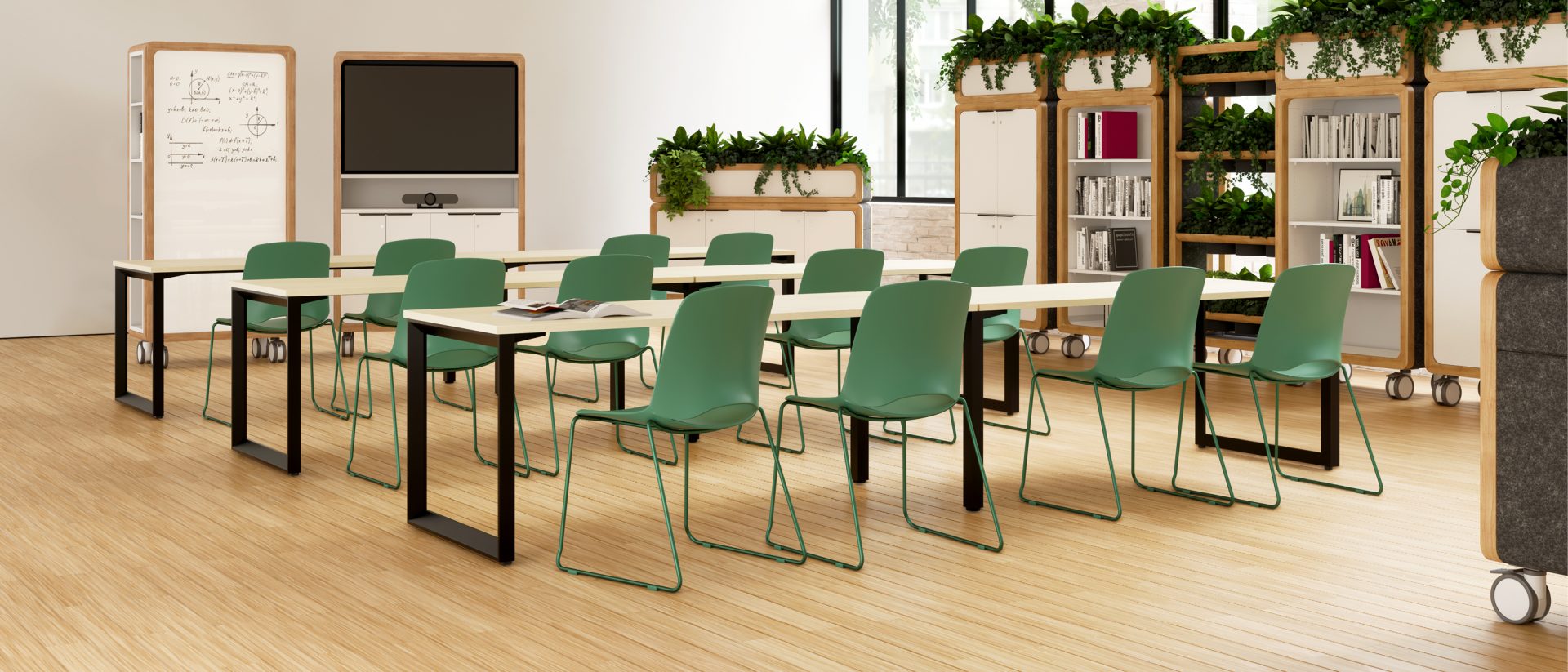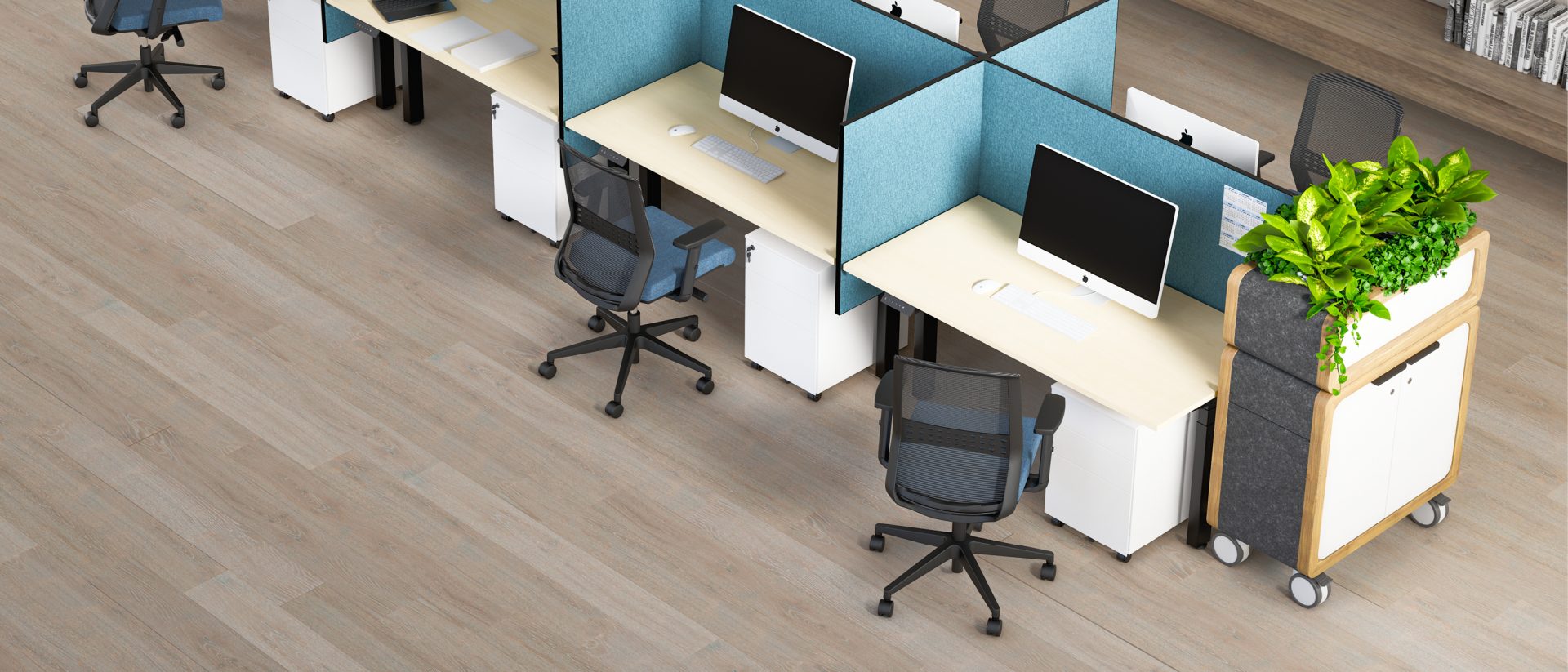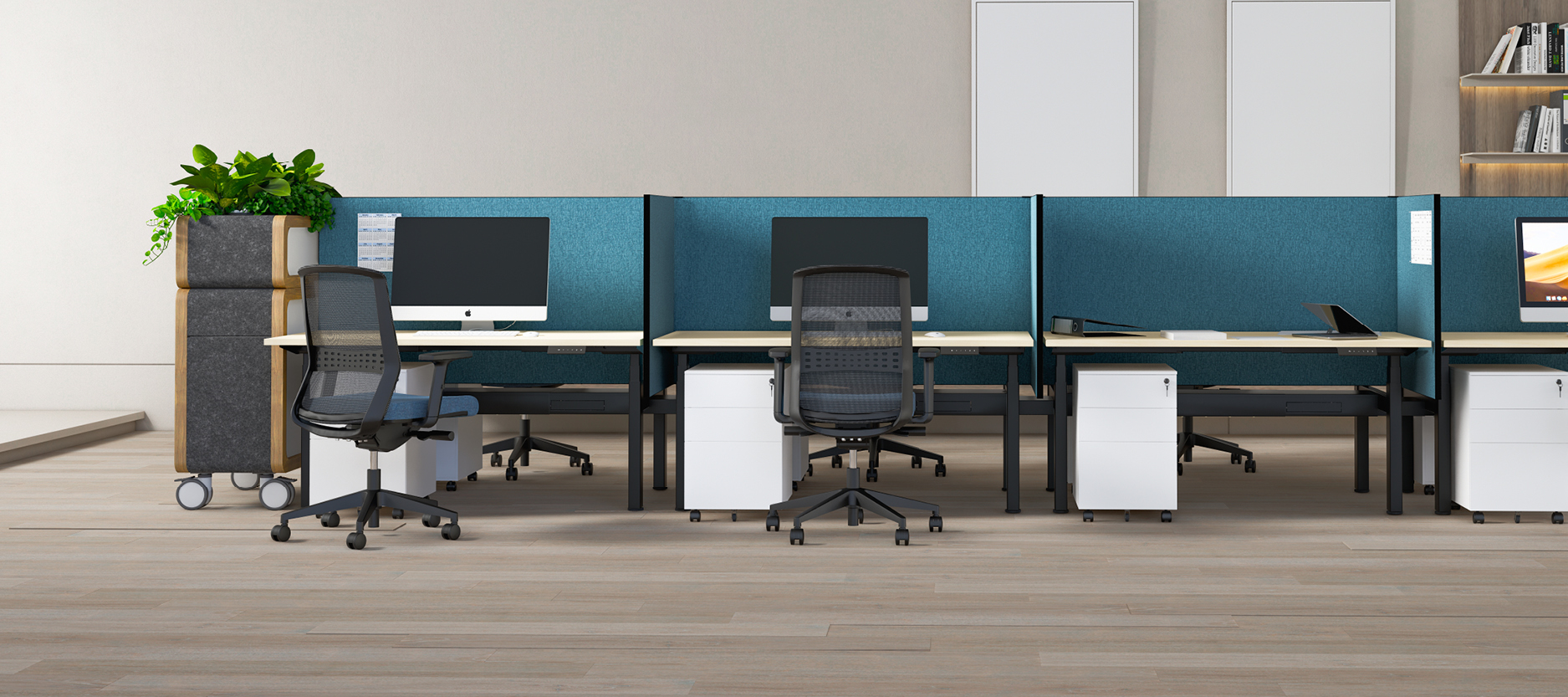How Furniture Design Supports Diverse Workstyles
written by OLG
As workplaces evolve, accommodating diverse workstyles has become essential for fostering productivity and employee satisfaction. Thoughtful furniture design plays a key role in creating adaptable, inclusive environments that support various ways of working. Here’s how design innovation enhances workplace flexibility:
Malleable Workspaces for Adaptive Collaboration
Flexible furniture solutions enable workspaces to shift and evolve in response to changing needs, seamlessly supporting both teamwork and individual focus. Modular seating, movable partitions, and reconfigurable workstations allow businesses to create dynamic environments that adapt to different tasks and team structures. By prioritising adaptability in office design, organisations can foster engagement, enhance collaboration, and create a more responsive and efficient workplace.
Inclusive Design for Cognitive and Physical Diversity
Modern workplaces must consider the needs of neurodiverse employees, those with mobility impairments, and individuals with varying work preferences. Adjustable lighting, soundproof pods, and ergonomic furniture contribute to inclusive spaces that cater to different sensory and cognitive requirements. The Australian Human Rights Commission highlights the importance of accessible workplace design in fostering equitable employment opportunities.
Technology-Integrated Workspaces
The rise of hybrid work models has increased the demand for technology-enabled office furniture. Wireless charging stations, height-adjustable desks with digital presets, and connected meeting spaces help facilitate seamless transitions between remote and in-office work. These innovations empower employees with greater flexibility, enabling them to seamlessly switch between different work modes while maintaining productivity. Thoughtfully designed technology integration ensures that workplaces remain adaptable and efficient, catering to the evolving needs of the modern workforce.
Sustainable and Personalised Design Solutions
Furniture that incorporates sustainable materials and customisable features supports both environmental responsibility and individual employee needs. Locally sourced materials, recycled content, and modular designs help businesses reduce their carbon footprint while providing workers with adaptable solutions that promote comfort and productivity. The Green Building Council of Australia underscores the role of sustainable office design in improving workplace health and reducing ecological impact (Designing for Inclusivity in Education Spaces).
By embracing these design principles, organisations can create work environments that not only support diverse workstyles but also drive long-term workplace satisfaction, innovation, and performance.
